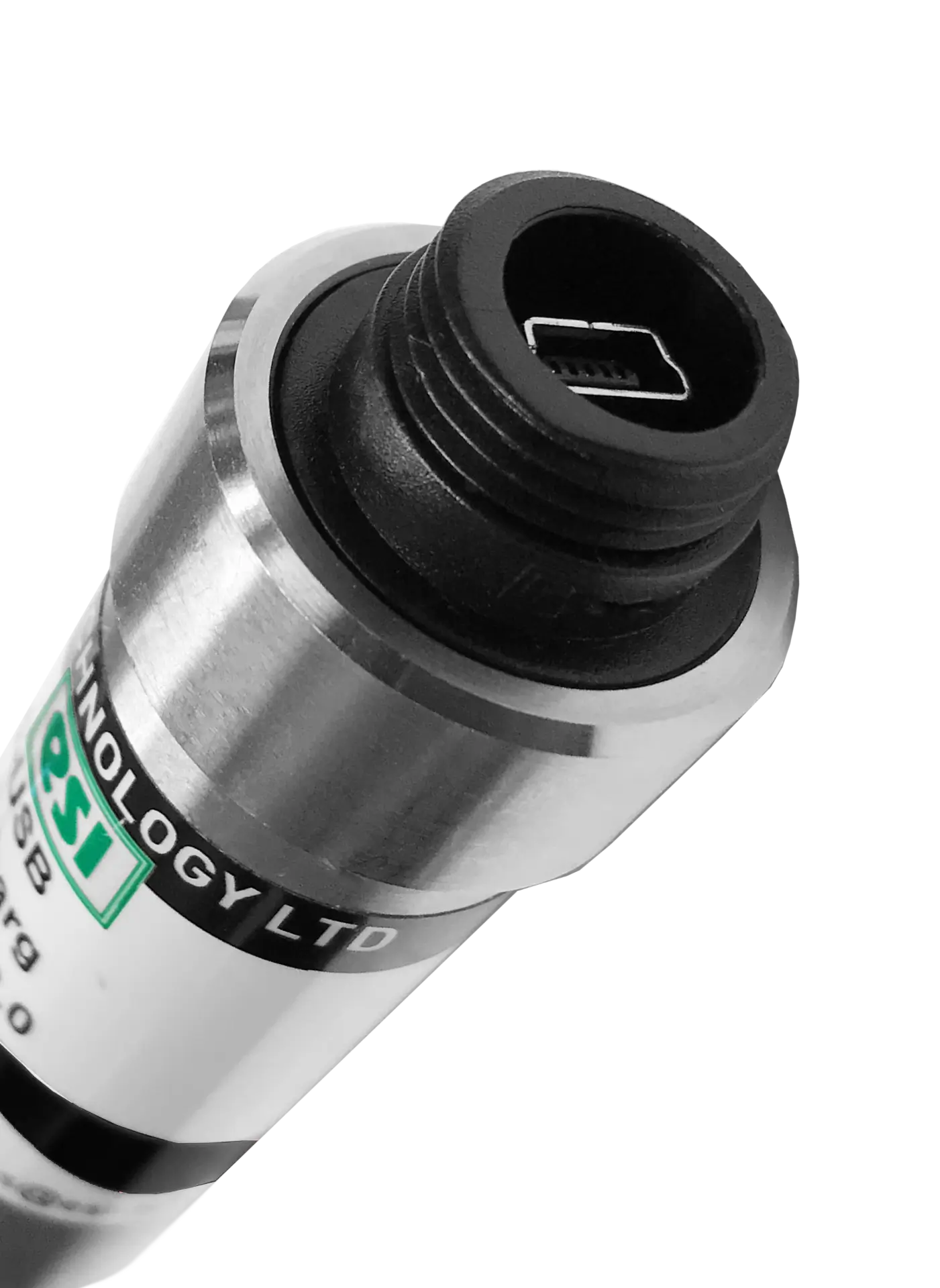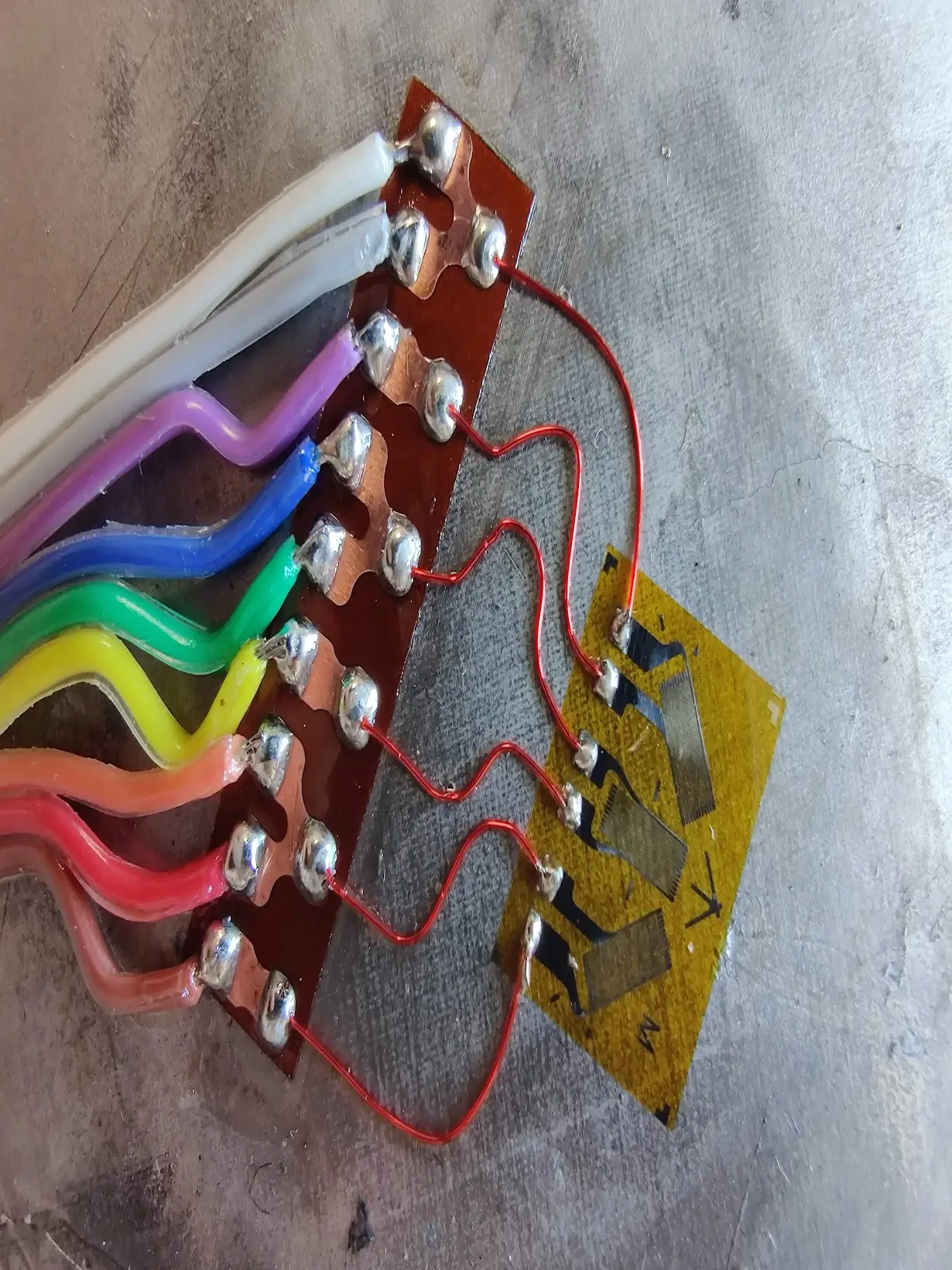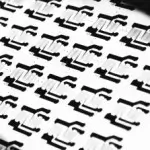Our Unit Converter
The ESI Unit converter allows you to quickly and easily access a conversion tool to work out your preferred unit of pressure measurement wherever you may be. Whether out on-site or in the office.

Download the ESI-USB© Software
The ESI-USB© software allows you to connect your ESI transducer to your laptop or PC and be up and running monitoring pressure data within ten minutes. The software auto-updates and is compatible with Windows 8, 10 & 11.


What is a Strain Gauge?
Occasionally we receive emails from people asking what is a Strain Gauge so let us explain what a strain gauge is and the different applications they can be used for. If you have any questions relating to Strain Gauges, or any of our products, please don’t hesitate to contact our team in the UK who will be able to help and advise you on what is a Strain Gauge.
When external forces are applied to a stationary object, stress and strain are the result. Strain may be compressive or tensile and is typically measured by a strain gauge. The strain gauge has been in use for many years and is the fundamental sensing element for many types of sensors, including pressure sensors.
Manufacturing Strain Gauges For Many Years
The majority of strain gauges are foil types, available in a wide choice of shapes and sizes to suit a variety of applications. The most common type consists of an insulating flexible backing which supports a metallic foil pattern. They operate on the principle that as the foil is subjected to stress, the resistance of the foil changes in a defined way. The gauge is attached to the object by a suitable adhesive. As the object is deformed, the foil is deformed, causing its electrical resistance to change. This resistance change, usually measured using a Wheatstone bridge, is related to the strain by the quantity known as the gauge factor. The complete Wheatstone bridge is excited with a stabilised DC supply. As stress is applied to the bonded strain gauge, a resistive change takes place and unbalances the Wheatstone bridge. This results in a signal output related to the stress value. Typical input voltages are 5V or 12V and typical output readings are in millivolts (mV).
Strain Gauges Are Used in Many Different Applications
Foil strain gauges are used in many different applications. In most cases the orientation of the strain gauge is significant. Gauges attached to a load cell would normally be expected to remain stable over a period of years, while those used to measure response in a dynamic experiment may only need to remain attached to the object for a few days. The preparation of the surface where the strain gauge is to be glued is of the utmost importance. The surface must be smoothed, de-oiled with solvents, the solvent traces must then be removed and the strain gauge must be glued immediately after this to avoid oxidation or pollution of the prepared area. If these steps are not followed the strain gauge bonding to the surface may be unreliable and measurement errors may be generated.
The ideal strain gauge would change resistance only due to the deformations of the surface to which the sensor is attached. However, in real applications, temperature, material properties, the adhesive that bonds the gauge to the surface, and the stability of the metal all affect the resistance. Because most materials do not have the same properties in all directions, a knowledge of the axial strain alone is insufficient for a complete analysis. Poisson, bending, and torsional strains also need to be measured. Each requires a different strain gauge arrangement.
When selecting a strain gauge, not only the strain characteristics of the sensor must be considered, but also its stability and temperature sensitivity. Careful selection is important in obtaining accurate and reliable strain measurement and achieving the best performance. All basic designs have integral foil solder tabs provided for lead attachments. Most configurations are also available with lead wire attachment and encapsulation options. After determining the desired foil type and backing material, choose a gauge with the appropriate size, grid pattern, tab geometry and gauge resistance from the charts given on the following pages. It will then be necessary to determine the temperature compensation and any other options that are required.
Most manufacturers of strain gauges offer extensive ranges of differing patterns to suit a wide variety of applications in research and industrial projects. They also supply all the necessary accessories including preparation materials, bonding adhesives, connections tags, cable, etc. The bonding of strain gauges is a skill and training courses are offered by some suppliers. There are also companies which offer bonding and calibration services, either as an in-house or on-site service.
What is a Strain Gauge, Still Unsure?
We hope you understand what a Strain Gauge is and have answered your questions, however, if you are still unsure please send us an email and one of our Strain Gauge specialists will be in touch.




